Varanasi is one of the oldest living cities of the world. It can rightly lay claim to being a confluence of cultures and a repository of history. Known as Benaras and Kashi, the city on the banks of the holy Ganga is located in Uttar Pradesh, about 320 kilometers from Delhi. For Hindus it is one of the holiest of the seven sacred cities. Jains revere the city. Buddhists consider it an important pilgrimage spot. Benaras silk is the pride of India with an ancient tradition behind it.
Origins
Archaeological finds indicate that the city could well have been inhabited since 3000 BC or even before that. Kashi is its original name with roots in Hindu mythology. Its ancient names include Ramya, Anandakannana, Mahasmasana, Surandhana and Brahma Vardha. Hindu mythology states that this is the original home of Lord Shiva and Parvati. Shiva is said to have cut off one head of Brahma and it dropped from his hand and disappeared in the ground here. The Pandavas visited Kashi to pray to Lord Shiva to parden their sins. Later it came to be known as Varanasi, taking its name from the two Rivers Assi and Varuna. These two are tributaries of Ganga and the land in between came to be known as Varanasi.
One mythological story worth knowing is about Divodasa. Ripunjaya, a sage of royal descent, was performing penance when Brahma appeared before him and asked him to become king Divodasa and save humanity as well as reform Dharma. He promised whereupon Brahma and other Gods left for Heaven. He ruled for thousands of years and the gods became jealous. Lord Shiva wishes to visit Varanasi but he could not set feet here due to Brahma’s boon to Divodasa. He sent six yoginis to Kashi and also the Sun God who found the city so perfect they made it their residence. Shiva asked Brahma to do something to remove Divodasa. Brahma disguised himself as a Sadhu, entered Kashi and instructed Divodasa to arrange an Ashwamedha Yagna in which he succeeded. Shiva then approached Lord Vishnu. Vishnu sent Ganesha, Lord Shiva’s son, as an astrologer. He prophesized that a holy man would arrive on the eighth day but Divodasa ignored this. Lord Vishnu appeared as a monk and deceived Divodasa into giving up his kinghood. Lord Shiva could return to Kashi.
Earliest Settlement
It is believed that invading Aryans settled in the Ganga valley and Varanasi became the centre of Aryan religion. At the same time, the city flourished as a trade centre, its muslin highly valued in Europe in addition to its perfumes, silk, ivory and sculpture. By the 6th century Varanasi was a flourishing metropolis. It was at this time that Lord Buddha delivered his sermon at Sarnath, just 10 km away. However, Varanasi or Kashi was and remained primarily a city devoted to Shiva. References to the city can be found in ancient Hindu texts like Puranas, Vedas and Upanishads. Tulsidas is believed to have written Ram Charit Manas in this city.
Ancient and Medieval Times
While little is known about Kashi from the time of the Ramayana and Mahabharata, there is no doubt that Varanasi became an international trade and industrial centre even as spirituality flourished here. The city had temples, most of them dedicated to Shiva and pilgrimage flourished. Even Buddha chose Sarnath to deliver his first sermon around 528 BCE. Varanasi gained repute as one of the sixteen Mahajanapadas or kingdoms. Xuanzang, the Chinese traveller, chronicled Varanasi as a very rich place in 635 AD. Foreign travellers visited and documented Varanasi. Adi Shankaracharya came here and established worship of Shiva during the 8th century. Varanasi supplied muslin, silm, perfumes and ivory carvings to the world. Chandradeva made it the capital of his kingdom in 1090 and Varanasi flourished even more during the Mauryan era, becoming a centre of culture, religion and education. Guru Nanak visited Varanasi in 507 and even before him, Ravidas earned fame as a spiritual figure. Kabir belonged to Varanasi.
Muslim Invasions
Muslims were fond of Varanasi as they could show their prowess and domination by destroying the Hindu temples. Looting and plundering the temples gave them an uncanny demonic pleasure. In the year 1194 Qutb-Ud-Din- Aibak destroyed many of the temples of Varanasi and the same sort of demolishing activities continued under the rule of Feroz- Shah-Tuglaq in the year 1376. The next was Ibrahim Lodi who demolished several Hindu shrines and temples of Varanasi around the year 1496. Suppression of the Hindus and demolishing activities in Varanasi continued under the Mughal rule as well. But when Akbar came to throne, his philosophy of secularism gave Varanasi some relief and that’s the time when Hinduism and native culture flourished in Varanasi. However, the successors of Akbar were again intolerant to Hinduism and the city of Akbar again suffered ruthless attacks in the hands of Akbar’s successors. Aurangzeb, particularly was very intolerant to Hinduism and fierce attacks pushed the city into a chasm of deprivation, declination and demolition.
British Rule
The Moguls declined and Varanasi flourished in the 18th century only to fall to the British. The British gained control over Varanasi, calling it Benaras State, and installed a puppet king Mansa Ram and then Balwant Singh. Benaras became a state under the British but Ramnagar became the capital. The Rebellion of 1857 saw hundreds of Indian troops massacred by the British Army.
Post Independence
After independence the state of Benaras merged with the Indian Government. Banaras grew as an industrial centre and as an educational centre with the famous Banaras Hindu University located here. Today, Banaras is a prime religious pilgrimage spot. To die in Banaras means one attains freedom from cycle of births and deaths. The latest is that the Prime Minister Mr Narendra Modi was elected as an MP from this city.

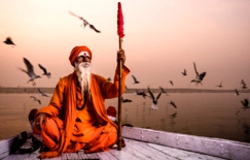
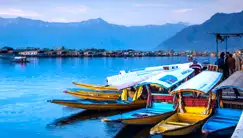
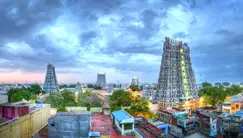

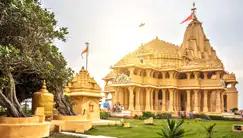
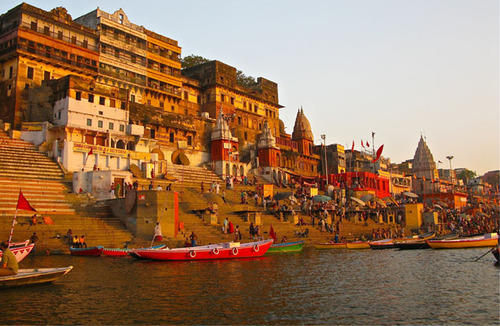
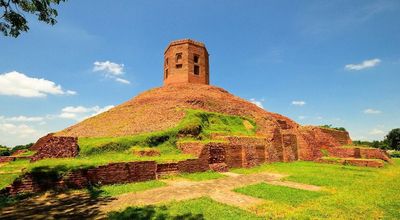
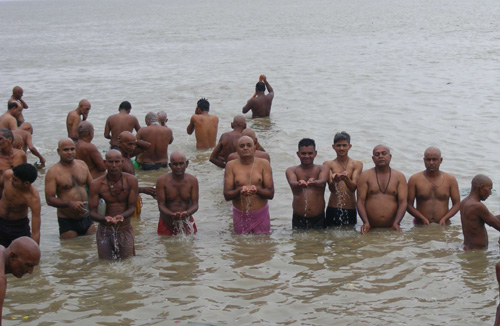
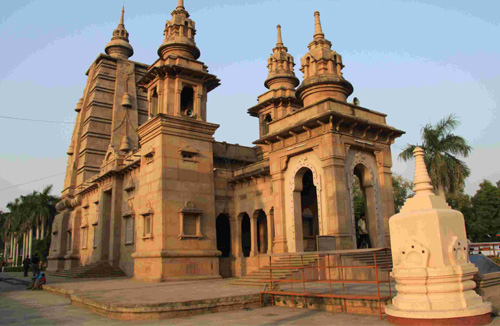
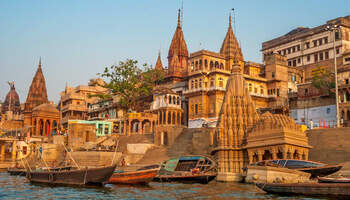

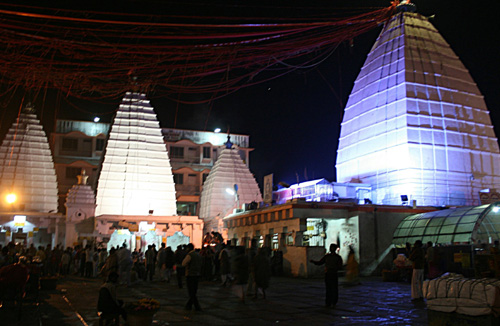
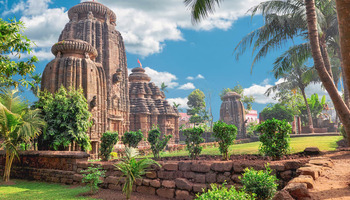
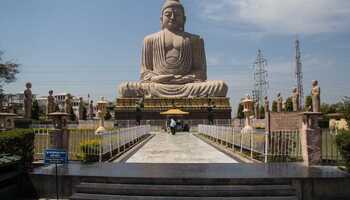
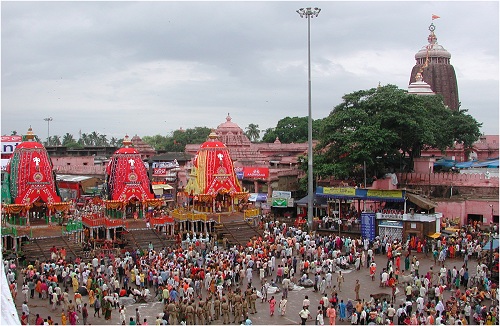


 Call
Call WhatsApp
WhatsApp Enquiry
Enquiry